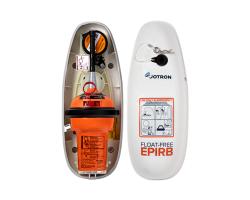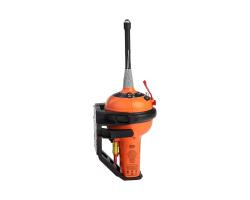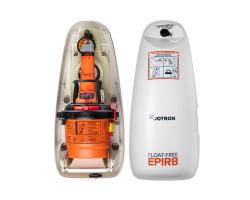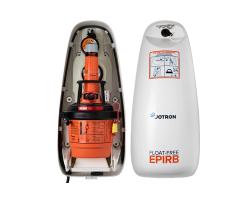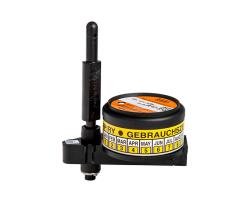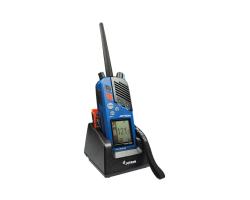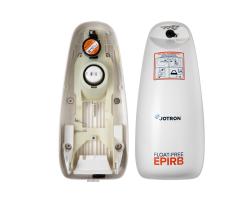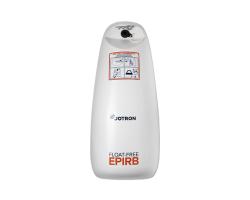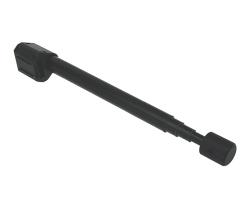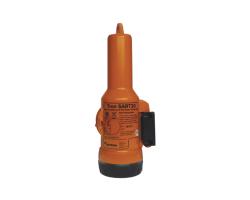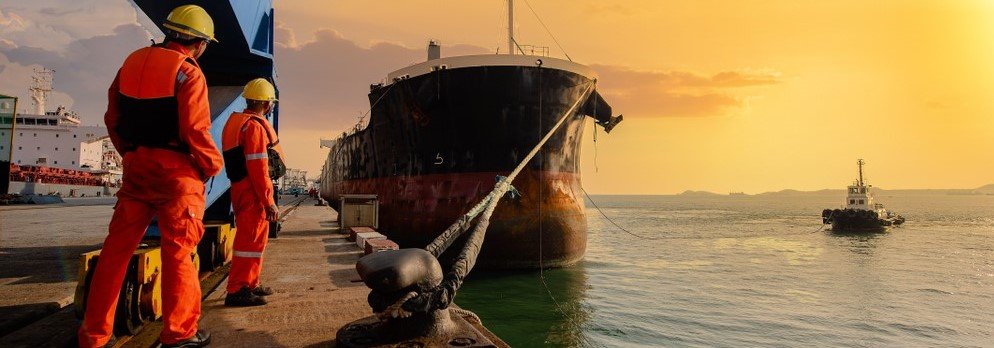Essential Guide to EPIRBs: Do I Need an EPIRB? And Choosing the Right Type
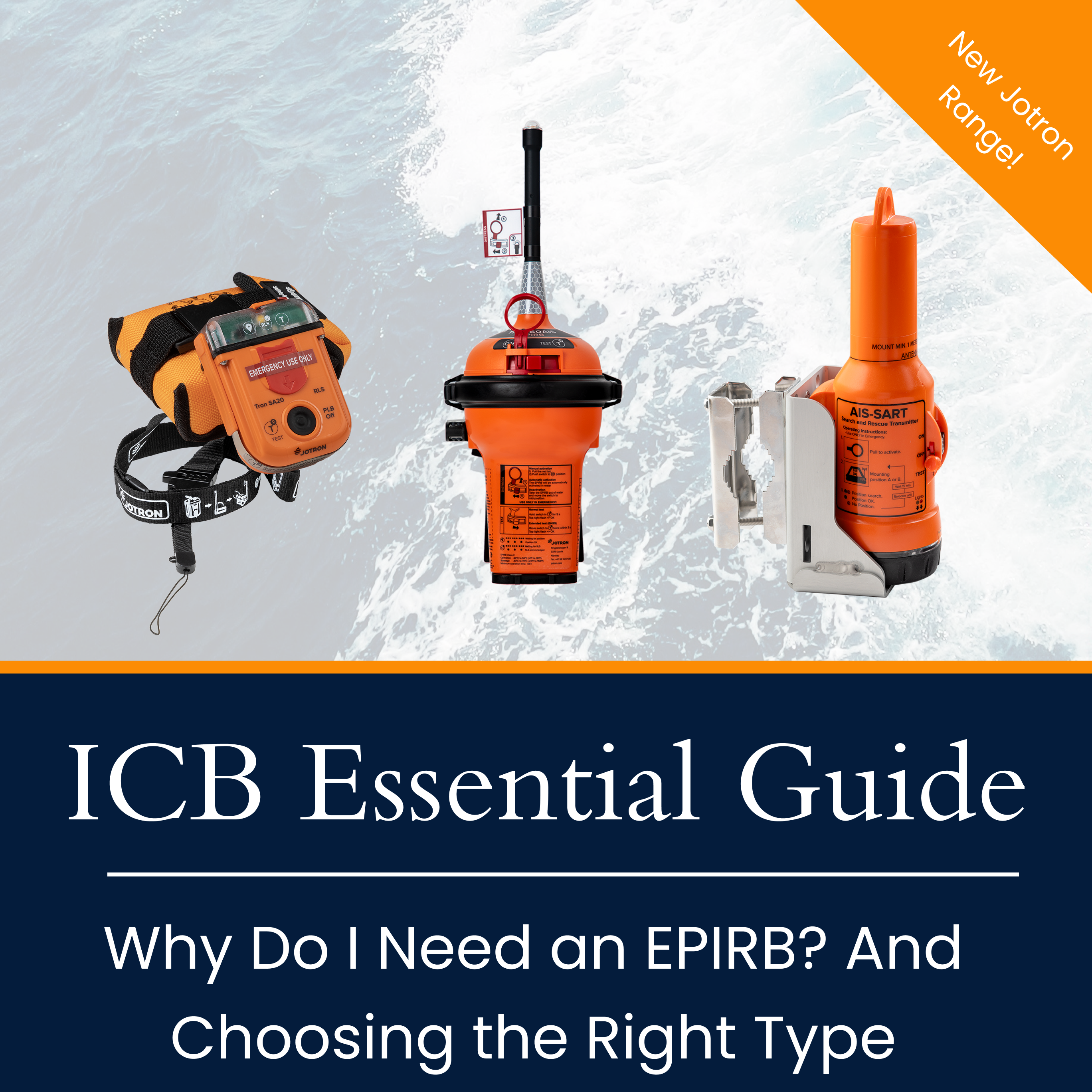
Understanding the Necessity and Types of EPIRBs
In today's maritime world, where safety is paramount, having an Emergency Position Indicating Radio Beacon (EPIRB) or a Personal Locator Beacon (PLB) on board is not just a precautionary measure, but a crucial lifeline in the face of unforeseen emergencies. Whether you're a seasoned mariner navigating vast oceans on a commercial vessel or a leisure boater exploring tranquil waters upon a yacht, the unpredictable nature of the sea underscores the necessity of these emergency beacons. Designed to swiftly transmit distress signals and provide accurate location data to search and rescue teams, EPIRBs and PLBs serve as 'beacons of hope' (Jotron) in distressing situations, offering a vital link to potential rescuers when every second counts.
Why Do I Need an EPIRB?
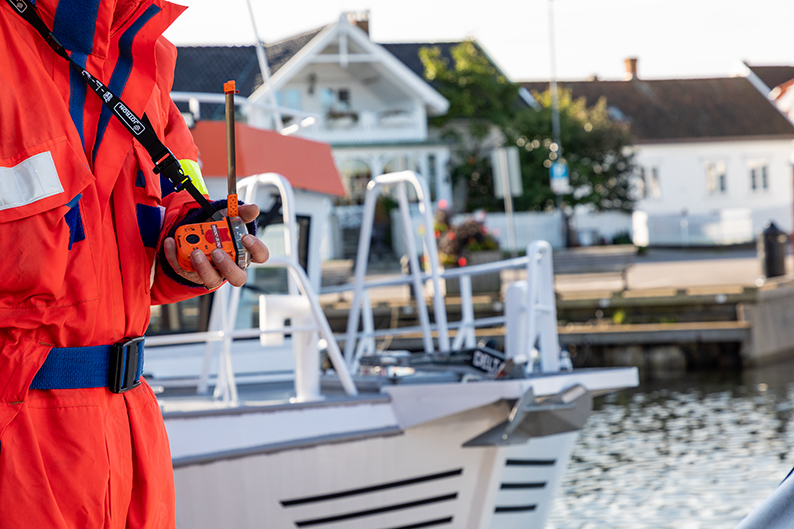
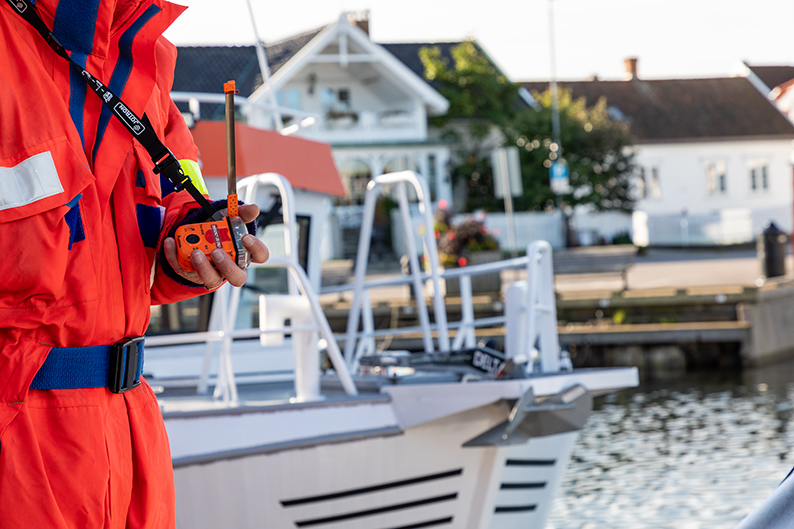
Advanced Technology Enhancements:
The advanced technology integrated into these beacons enables an open line to assistance even in the most challenging conditions, such as harsh weather, limited visibility, or remote areas. For instance, the Tron 60AIS, featuring both standard and infrared LEDs, notably enhances visibility during nighttime Search and Rescue (SAR) missions. Similarly, the Tron SA20 PLB provides extensive global emergency coverage, ensuring aid is available regardless of your location, be it on land or at sea.
The "Wheel Marked" Jotron Tron AIS-SART combines sophisticated search and rescue capabilities with a compact design. Transmitting data on international AIS channels within the maritime VHF band, it enhances the efficiency of SAR operations. Additionally, the Jotron Tron 40AIS, much like the Tron 60AIS, is equipped for Return Link Service (RLS) through Galileo GNSS, ensuring heightened distress signal reliability.
Furthermore, it's inclusion of an IR LED light for night vision devices and assisted SAR efforts showcases its versatility and adaptability across various operational scenarios. Plus additional features, like the availability of a float-free heating bracket further for the Jotron 40AIS EPIRB enhances the preparedness and robustness of this maritime safety device.
Another important point to make is the compliance of these devices with stringent international standards and regulations, such as the latest IMO regulations and SOLAS approvals for EPIRBs and PLBs, underscores their reliability and effectiveness. Additionally, features like the Return Link System (RLS), GNSS compatibility, and Near-Field Communication (NFC) not only enhance functionality, but also provide users with added reassurance and convenience during distress situations
Investment in Safety:
In essence, investing in an EPIRB, PLB, SART, or any other type of Global Maritime Distress and Safety System (GMDSS) isn't just about meeting regulatory requirements; it's about prioritising safety and ensuring that you have a reliable means of getting emergency assistance when faced with the unexpected challenges of maritime, or isolated environments.
By equipping yourself with these this type of distress equipment, you're not only safeguarding your own well-being but also helping search and rescue teams to execute swift and effective responses, ultimately saving lives in critical moments of need.
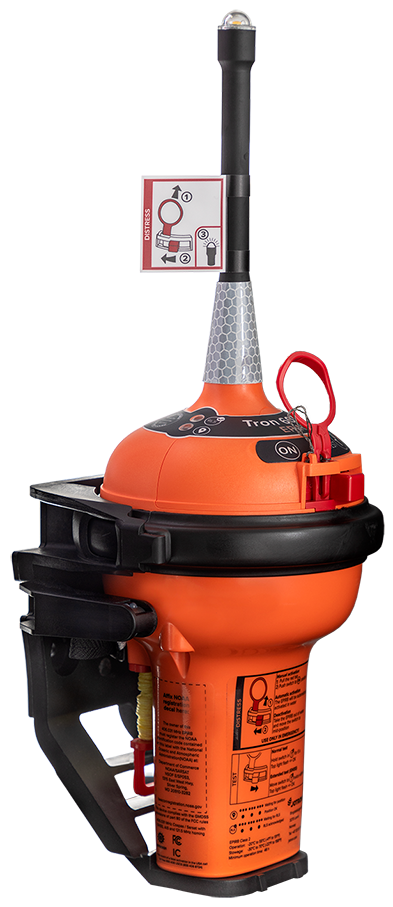
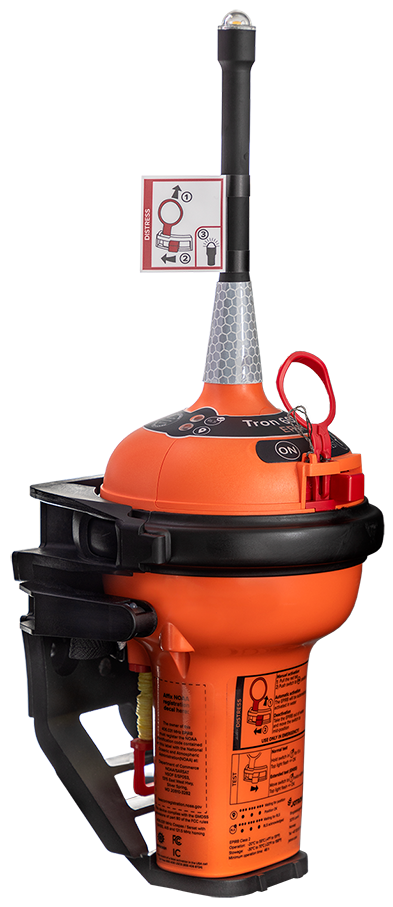
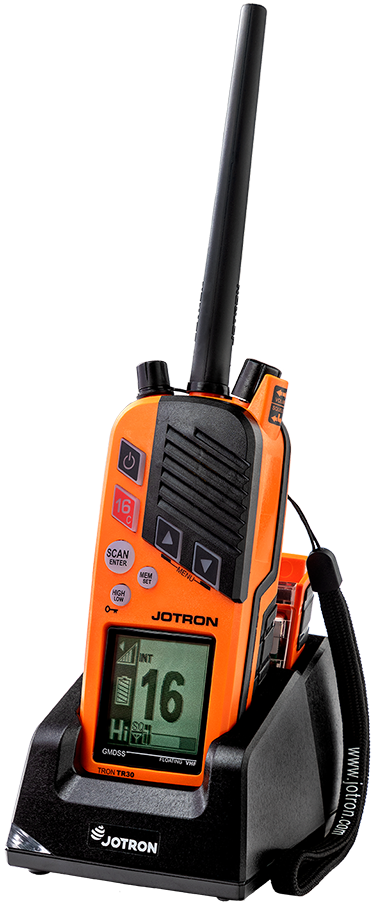

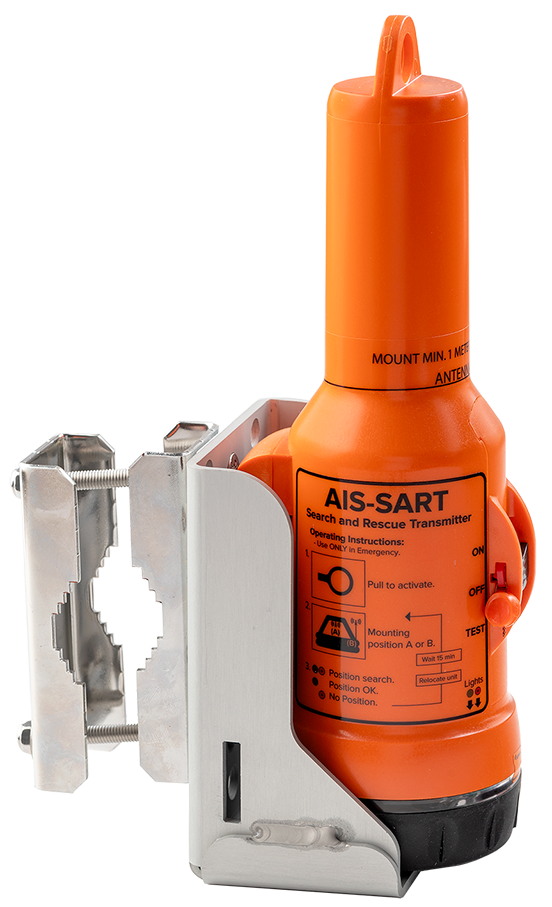
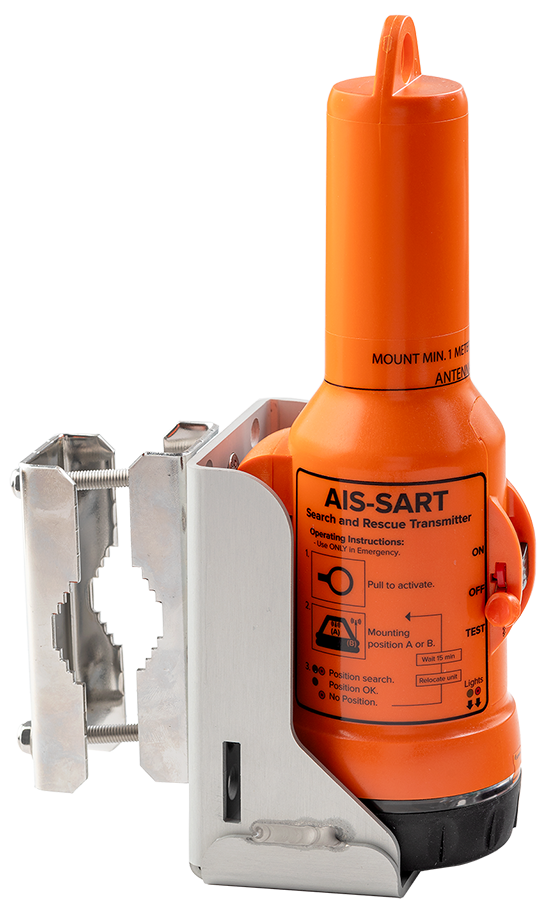
Why Are EPIRBs Important?
Building on this, professional vessels are typically mandated by international or national regulations to have an EPIRB onboard for emergency situations. However, it's also advisable for leisure and pleasure vessels to carry this life-saving device. Additionally, vessels navigating in adverse weather conditions or remote areas should consider equipping themselves with a 406 emergency beacon to enhance their safety measures.
Given the critical role of an EPIRB as a lifesaving device, let's explore some essential factors that highlight its importance:
- Emergency Distress Signaling: EPIRBs are specifically engineered to transmit distress signals during life-threatening situations, facilitating swift responses from search and rescue authorities by pinpointing your precise location.
- Reliability: Leveraging satellite technology, EPIRBs offer unparalleled reliability even in regions with limited or no cellular coverage. Engineered to withstand harsh conditions like heavy rain, turbulent seas, or high altitudes, they ensure operational integrity in extreme environments.
Search and Rescue Operations: EPIRBs play a pivotal role in expediting search and rescue efforts by enabling teams to swiftly locate and aid individuals in distress, particularly in remote or offshore areas where alternative communication methods may be impractical. - Regulatory Compliance: Many jurisdictions mandate the use of EPIRBs for specific activities or vessel types as part of safety regulations, ensuring adherence to legal requirements aimed at enhancing maritime safety.
- Global Coverage: Equipped with GPS technology, EPIRBs offer precise positioning capabilities on a global scale, extending coverage to remote and oceanic regions where conventional communication channels may be unavailable.
- Maritime Safety: Serving as essential safety equipment for various vessels, including commercial ships, fishing boats, and recreational watercraft navigating open waters, EPIRBs serve as a dependable communication tool in emergencies such as vessel sinking, fires, or medical emergencies.
- Aircraft Safety: In aviation, particularly for small aircraft and helicopters operating in remote areas, Emergency Locator Transmitters (ELTs), similiar to EPIRBs, are mandated safety equipment. They facilitate the location of crash sites and survivors, enhancing aircraft safety measures.
- Outdoor Adventures: Beyond maritime and aviation contexts, EPIRBs find utility among hikers, backpackers, and outdoor enthusiasts exploring remote terrains. Activating an EPIRB in situations like being lost, injured, or facing life-threatening challenges significantly improves the likelihood of rescue and survival.
(Source: jotron.com/solution)
What Type of EPIRB is Best for Me?


Navigating EPIRB Categories and Activation Methods
There are many EPRIB safety products on the market, so it is crucial to understand that not all frequencies and systems are the same; some serve as primary alert signals, whilst others do not.
Generally speaking, EPIRBs are classified into two categories: Category I and Category II.
Category I EPIRBs offer the flexibility of activation either manually or automatically, whereas Category II EPIRBs can only be activated manually. Despite this difference in activation methods, both types of EPIRBs transmit distress signals at a frequency of 406MHz.
Typically, an Emergency Position-Indicating Radio Beacon is tailored to meet essential requirements for vessel installation, encompassing design, specifications, and necessary approvals. These include automatic activation, distress signaling for a minimum of 48 hours at -20°C, robustness, and waterproofing. An EPIRB endorsed in compliance with the latest product standards features key elements such as 406MHz and 121.5MHz frequencies, Automatic Identification System (AIS), GPS positioning, and optional Return Link System (RLS). Additionally, it incorporates both visual LED and IR-LED for expedited assistance during search and rescue operations.
Undoubtedly, the latest iteration of the product standard has yielded the most effective EPIRB ever introduced to the market. The most reliable EPIRB is one approved in accordance with IEC 61097-2 Ed.4 and wheelmark certified according to IMO MSC.471(101). In other words, the latest version of the product standard has led to the development of the most effective EPIRBs currently available.
Ensuring Proper Registration and Compliance
Building on this point, it is important to understand not just the practical safety of EPIRB, but an adherence to international standards and regulations.
It's vital to emphasise that EPIRBs need to be registered with the relevant authorities to guarantee prompt and accurate responses during emergencies. This registration process involves providing crucial details about the EPIRB's owner, vessel, or user, as well as emergency contact information.
Furthermore, EPIRBs must also adhere to international standards and regulations established by organisations like the International Maritime Organisation (IMO) and the Federal Communications Commission (FCC) in the United States. Compliance with these regulations is essential to ensure the effective operation of the EPIRB and to avoid any potential legal issues.
(Source: jotron.com/solution)
Choosing the Right EPIRB: Understanding Automatic vs. Manual Activation
Keeping in mind the distinction between Category I and Category II EPIRBs is essential as it directly impacts the level of emergency response capability onboard. For individuals or vessels operating in environments where immediate distress signaling may be critical, having an EPIRB with both automatic and manual activation capabilities can be indispensable—when it comes to EPIRBs, distinguishing between Category I and Category II models is crucial, as it directly influences the onboard emergency response capability, and dictate the process of a rescue operation.
Category I EPIRBs:
- Designed for vessels
- Activated automatically upon submersion in water
- Equipped with both automatic and manual activation options
- Float-free design ensures activation even if the vessel sinks
Category II EPIRBs:
- Manually activated by users during emergencies
- Commonly used in land-based or outdoor environments
The Crucial Role of Automatic Activation in EPIRBs
The Importance of Automatic Activation:
Automatic activation ensures that in situations where the crew or passengers are unable to manually trigger the distress signal, such as in the event of a sudden accident, incapacitation, or abandonment—the EPIRB will still initiate the distress alert automatically.
This feature is particularly valuable in scenarios where swift response times are crucial for survival, such as during rapid vessel sinking, severe weather events, a hijacking, or other emergencies where immediate assistance is needed, and lives are at risk.
With this in mind, we can say that having an EPIRB with automatic activation cabilities provides an additional layer of safety by acting as a failsafe mechanism. For example, in situations where individuals may not be able to manually activate the EPIRB due to injury or unconsciousness, the automatic activation feature ensures that the distress signal is still transmitted, increasing the likelihood of a timely rescue operation.
It is also important to note also that not all search and rescue organisations guarantee immediate responses; for example, factors such as limited visibility, treacherous terrain, harsh conditions, or the need for specialised equipment could delay rescue efforts...
Overall, by having both automatic and manual activation capabilities in an EPIRB, individuals or vessels can enhance their preparedness for a wide range of emergency scenarios, ensuring comprehensive coverage and maximising the chances of a successful rescue in critical situations.
Conclusion: Empowering Maritime Safety & The Vital Role of EPIRBs
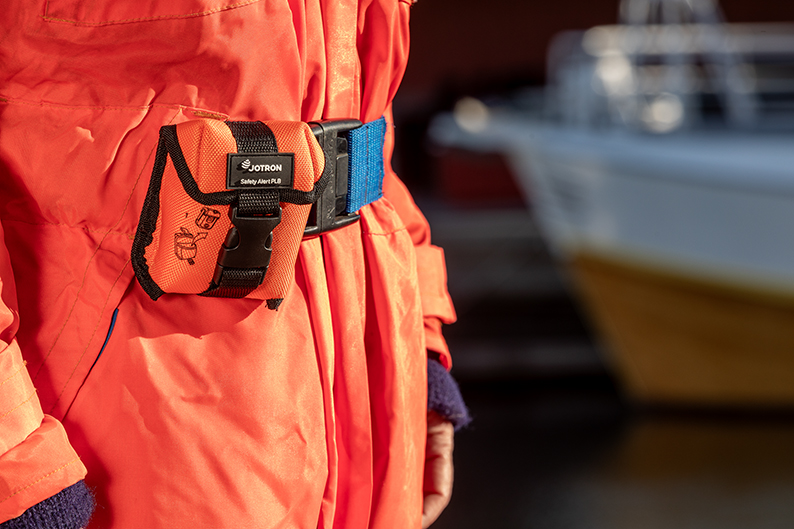
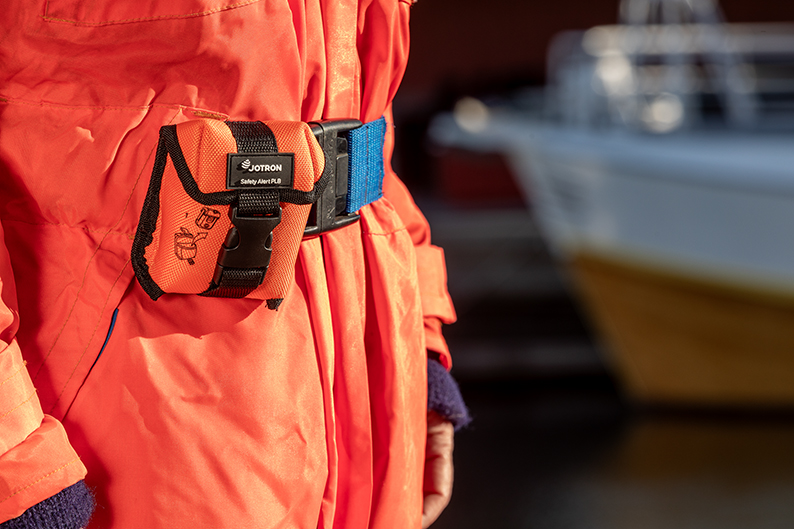
In conclusion, the necessity of EPIRBs and types of Emergency Position Indicating Radio Beacons (EPIRBs) highlights their pivotal role as crucial safety tools within the maritime industry.
With the unpredictable nature of the sea, equipping yourself with an EPIRB or Personal Locator Beacon (PLB) isn't just a precautionary measure but a vital lifeline during emergencies. These devices keep improving with technology, making them accessible even in tough situations. As such, they serve as a 'beacon of hope' that ensures quick rescue operations when needed.
Understanding the importance of EPIRBs involves recognising their critical role in emergency distress signaling, their reliability in harsh conditions, and their pivotal contribution to search and rescue operations. Compliance with international standards and regulations ensures the effectiveness and legal compliance of these devices, —emphasises how trustworthy and effective these devices are.
Moreover, the distinction between Category I and Category II EPIRBs, particularly in terms of activation methods, highlights the importance of selecting the right model based on operational needs and environmental considerations. The inclusion of automatic activation capabilities adds an additional layer of safety, ensuring distress signals are transmitted even in scenarios where manual activation may not be feasible.
Investing in an EPIRB, PLB, or any Global Maritime Distress and Safety System (GMDSS) device goes beyond regulatory requirements; this shows how important it is to focus on safety and being ready for unexpected situations at sea. By having these important tools and safety equipment, people not only protect themselves but also help rescue teams act quickly and save lives when emergencies happen.






